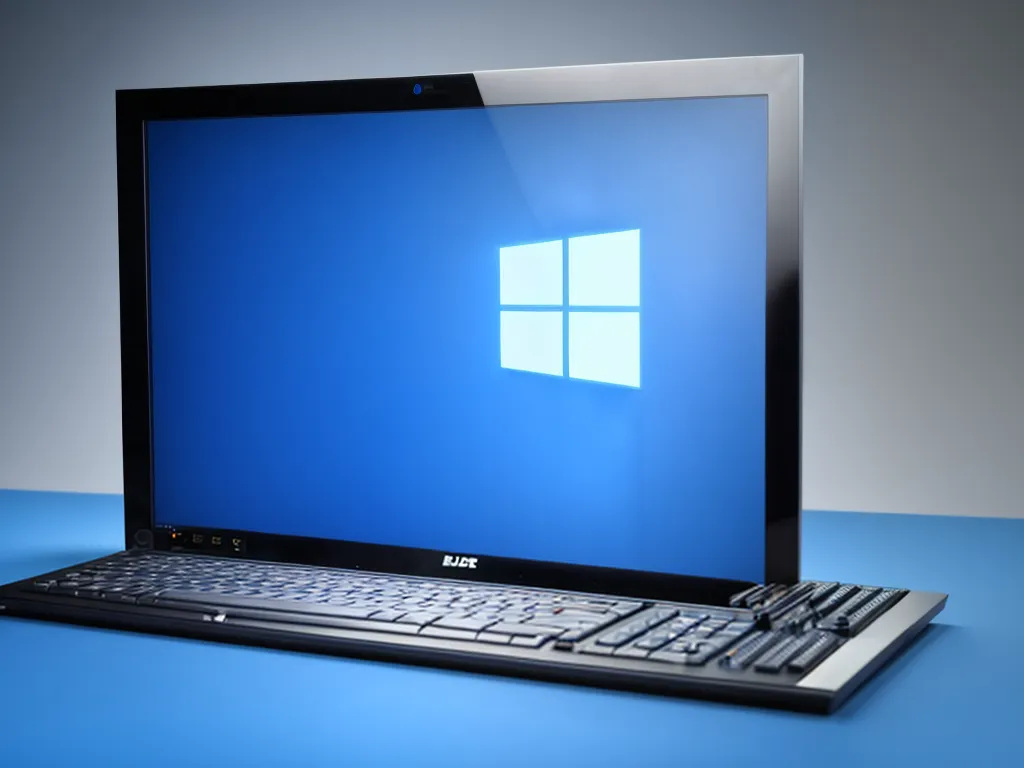
Introduction
The Blue Screen of Death (BSOD) is an error screen displayed on Windows computers after a fatal system error causes the system to crash. BSODs can be frustrating and concerning for users, but they can provide important clues for troubleshooting the root cause of the problem. In this guide, I will cover common causes of BSODs and steps you can take to troubleshoot and resolve these errors on your Windows PC.
Common Causes of BSODs
There are several common causes of BSOD errors:
Faulty Hardware
Hardware issues like bad RAM, failing hard drives, and faulty CPU/GPUs are a frequent source of BSOD crashes. Errors like IRQL_NOT_LESS_OR_EQUAL and KMODE_EXCEPTION_NOT_HANDLED often indicate a hardware component on your system has failed or is not working properly.
Driver Issues
Problematic device drivers can also trigger BSODs, especially when they have become damaged or corrupted. Errors like DRIVER_IRQL_NOT_LESS_OR_EQUAL and DRIVER_POWER_STATE_FAILURE suggest an issue with a driver on your system.
Software & OS Corruption
Corrupted system files, malware infections, and faulty OS updates can lead to Blue Screens. Errors like SYSTEM_THREAD_EXCEPTION_NOT_HANDLED and SYSTEM_SERVICE_EXCEPTION can point to corruption in Windows system files.
Overheating
Overheating of hardware components, especially the CPU and GPU, can cause BSODs due to thermal throttling and system instability under load. Errors like MACHINE_CHECK_EXCEPTION and shutdowns during intensive gaming/workloads may indicate overheating.
Faulty BIOS Settings
Incorrect BIOS settings like overclocking, undervolting, or memory timings can make the system unstable and prone to crashing with BSODs.
Troubleshooting Steps for BSODs
Here are some steps you can take to troubleshoot BSOD errors on your Windows PC:
1. Note the Error Message & Code
The error message and code (e.g. PAGE_FAULT_IN_NON_PAGED_AREA) on the BSOD screen contains clues about the cause. Search for the error code to learn more about what may be causing it.
2. Check Reliability Monitor
Open Reliability Monitor in Windows to see previous crash events and identify any patterns like certain hardware/software faults recurring.
3. Check Minidump Files
Minidump files containing debug data for the crash are generated in C:\Windows\Minidump. Analysing them using a debugger can reveal root cause.
4. Update Device Drivers
Update all device drivers, especially GPU, storage, chipset and network drivers. Use a tool like Snappy Driver Installer to update outdated drivers.
5. Update Windows
Install latest Windows updates and service packs. Updates often contain fixes for bugs causing BSODs.
6. Scan for Malware
Scan your system with a good antivirus/malware suite to check for infections that could be causing BSODs.
7. Check Hard Disk Health
Use CrystalDiskInfo to verify HDD/SSD health for signs of failure or bad sectors.
8. Test & Replace Faulty Hardware
If a specific hardware component is suspected, test it extensively and replace if necessary (e.g. faulty memory stick causing memory errors).
9. Reset BIOS to Default
Improper BIOS overclocking or settings can cause BSODs. Reset BIOS to default settings.
10. Try System Restore
Use System Restore to roll back Windows installation to an earlier working state before the BSODs began occurring.
11. Repair/Reinstall Windows
If all else fails, repair install or clean reinstall Windows to fix software corruption related BSOD causes. Backup data first.
Preventing BSODs
Here are some tips to help prevent Blue Screen crashes on your PC:
- Keep Windows and drivers updated
- Use reputable antivirus and firewall software
- Avoid unsafe downloads and websites
- Handle hardware with care and keep system clean
- Don’t overclock or use faulty memory sticks
- Monitor system temperature and hardware health
Following good usage and maintenance practices can greatly reduce the occurrences of frustrating BSOD crashes on your system.
Conclusion
The Blue Screen of Death can seem ominous, but armed with the right troubleshooting techniques you can get to the bottom of most BSOD errors. Using the error code and message as a starting point, methodically checking event logs, system files, drivers, hardware and more should help uncover the root cause so you can resolve the problem and get your PC running smoothly again.












